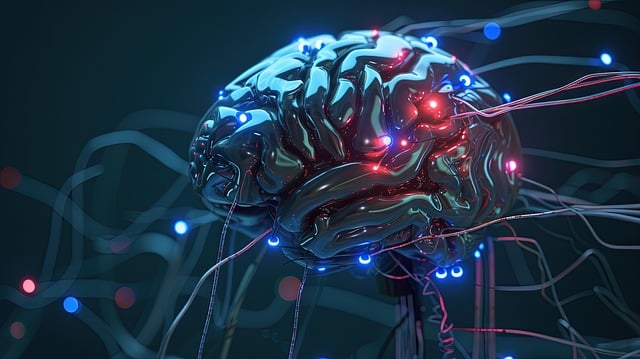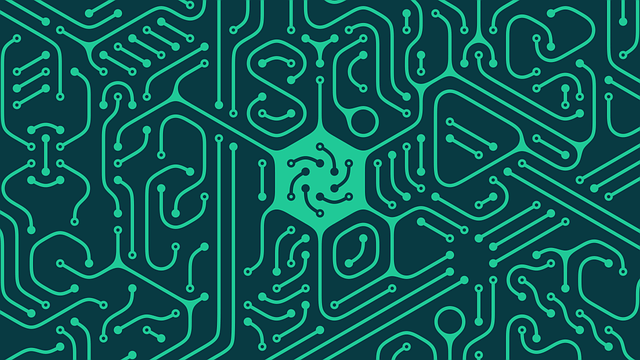Machine learning has become an essential skill in today’s tech-driven world, and mastering the foundational algorithms is a great place to start. In this blog post, we’ll dive into the 10 Must-Know Machine Learning Algorithms for Beginners, exploring their significance and applications. Whether you’re looking for an Introduction to Machine Learning Algorithms or want to understand the Top Machine Learning Models Explained, this guide is perfect for you. By the end of this article, you’ll have a comprehensive understanding of Beginner-Friendly Machine Learning Techniques that will set you on the right path in your journey to mastering machine learning.
Supervised Learning Algorithms
Supervised learning is a core branch of machine learning where the model is trained on labeled data. Below are the must-know algorithms in this category.
Linear Regression
Linear regression is one of the simplest and most widely used algorithms for predictive modeling. It establishes a relationship between the dependent variable (output) and one or more independent variables (features) using a straight line.
For beginners, understanding linear regression provides insight into how models make predictions based on numerical data. This algorithm is commonly used in forecasting sales, predicting housing prices, and analyzing market trends.
Despite its simplicity, it is powerful when data shows a linear relationship. However, its limitations include inefficiency in handling non-linear data and over-sensitivity to outliers. These challenges are often addressed using advanced regression techniques or different algorithms.
Logistic Regression
Logistic regression, despite its name, is used for classification problems. It predicts the probability that a given input belongs to a specific category. The algorithm is most commonly used in binary classification tasks, such as spam email detection or identifying fraudulent transactions.
Logistic regression works by applying a sigmoid function to map predicted values into probabilities. It is straightforward and interpretable, making it an excellent starting point for beginners.
However, like linear regression, it struggles with non-linearity. To improve its performance, techniques like feature engineering and regularization are often employed.
Unsupervised Learning Algorithms
Unsupervised learning works with unlabeled data, identifying patterns and structures within the dataset. Below are two essential algorithms in this category.
K-Means Clustering
K-means clustering is a popular algorithm for grouping data into clusters based on similarity. The algorithm works iteratively to assign each data point to one of the predefined clusters.
This algorithm is widely used in market segmentation, customer profiling, and image compression. Beginners often appreciate its simplicity and effectiveness in identifying patterns in data without requiring prior labeling.
While K-means is intuitive, it requires the user to specify the number of clusters, which can be challenging in real-world applications. Advanced clustering techniques, such as hierarchical clustering, can address these limitations.
Principal Component Analysis (PCA)
Principal component analysis is a dimensionality reduction algorithm that simplifies complex datasets by reducing the number of features while retaining essential information. It transforms data into principal components that explain most of the variance.
PCA is beneficial when dealing with high-dimensional datasets, such as those in genomics or image processing. For beginners, PCA serves as an excellent introduction to feature extraction and data visualization.
Its limitation lies in its interpretability, as the transformed features (principal components) lose their original meaning. Nevertheless, it remains a foundational tool for preprocessing data.
Reinforcement Learning Algorithms
Reinforcement learning focuses on training agents to make sequences of decisions to maximize a reward.
Q-Learning
Q-learning is one of the simplest and most effective reinforcement learning algorithms. It teaches agents to make decisions in a step-by-step process by learning from the environment.
Applications of Q-learning include robotics, game development, and dynamic resource allocation. Beginners find Q-learning exciting because it simulates how machines learn through trial and error.
Although powerful, Q-learning can struggle in environments with extensive states or actions. Deep reinforcement learning approaches can help overcome these challenges.
Deep Q-Networks (DQN)
Deep Q-networks combine Q-learning with deep neural networks to handle complex environments. This algorithm has been instrumental in solving problems in autonomous vehicles and advanced gaming.
For beginners, DQNs might seem complex initially, but understanding their workings opens doors to more advanced reinforcement learning techniques.
Despite their potential, DQNs are computationally expensive and require large datasets for training, which can be a barrier for newcomers.
Conclusion
Mastering these 10 machine learning algorithms is a crucial step for anyone entering the world of artificial intelligence. From Linear Regression and Logistic Regression to K-Means Clustering and Deep Q-Networks, each algorithm provides unique insights into solving real-world problems. These foundational algorithms not only help you understand the basics of machine learning but also prepare you for more advanced techniques in the future.
By starting with these Beginner-Friendly Machine Learning Techniques, you can build a strong foundation for exploring deeper and more complex areas of machine learning. Remember, consistent practice and application are key to mastering these concepts. Dive in, experiment, and learn as you go!






